The long-running George Enescu Competition has now very much proved its mettle amid the international circuit, as Rita Fernandes discovers
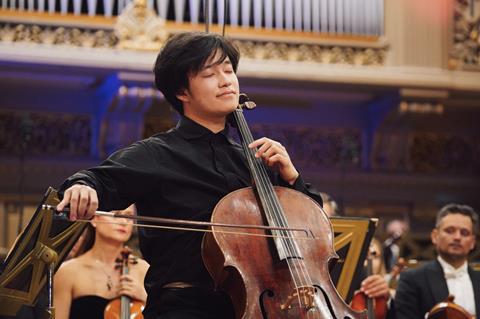
Discover more Featured Stories like this in The Strad Playing Hub.
Read more premium content for subscribers here
There are three things that the Romanian people are proud of: their country’s natural beauty, their IT industry and George Enescu,’ Romanian conductor and newly appointed artistic director of the George Enescu Festival and Competition Cristian Măcelaru told me. ‘It would be difficult to find someone walking down the street who doesn’t know who Enescu is.’ In fact, it would be difficult even for tourists not to notice Enescu, given that he is on the five-lei banknote.
Măcelaru and I were chatting minutes before this year’s George Enescu International Competition cello final on 10 September 2024, which was about to start at the Romanian Athenaeum in Bucharest, home of the George Enescu Philharmonic. As we sat in the epic neo-classical venue’s lobby, a statue of Enescu loomed over us from the top of a winding marble staircase.
The influence of the Romanian composer, violinist and conductor trickles down to every aspect of the decades-old festival and competition, which as a combined event was founded in his honour in 1958, three years after his death, by his friend George Georgescu. The first edition (whose competition divisions were just violin and piano) was a truly international affair. In a testament to Enescu’s wide-reaching influence, high-profile guests included Nadia Boulanger, John Barbirolli, Yehudi Menuhin (a pupil of Enescu) and David Oistrakh – the last two serving on the competition jury.
In 1971, however, the event stopped, following Romanian Communist party general secretary Nicolae Ceaușescu’s ‘July Theses’, which established strict state control over cultural activities. Following the overthrow of the regime in 1989, it returned in 1991. Evidently, the pride that this celebration of Enescu had brought to the Romanian people decades earlier was strong enough for the event not to vanish from the history books.
After two decades of relative isolation from the non-Soviet world, the first few editions were mainly won by musicians from Romania or neighbouring eastern European countries – notable winners including Nemanja Radulović (2001) and Valery Sokolov (2005).
In the past decade the festival and competition have become separate entities, each occurring in alternate years (the competition taking place in September and featuring four divisions: violin, cello, piano and composition). Although the competition is now a recognised name on the international circuit, continuing to rebuild it is a challenge that Măcelaru humbly accepts, and he hopes to accelerate the process, something that is made clear by his question to me immediately after we sat down: ‘So how do you think the competition compares with other international competitions?’
The cello semi-finals took place two days earlier, also at the Romanian Athenaeum. Alongside a sonata and virtuosic work, each competitor performed Enescu’s Second Cello Sonata. (A specified Enescu work was imposed in the semi-finals of the violin and piano divisions too.) ‘The fact that they need to learn works by Enescu means that now hundreds of people will discover his works,’ Măcelaru told me.
From his controlled yet joyous opening, cellist Yo Kitamura made every note count
The Enescu Sonata is the perfect work for comparing players. Its organic writing demands an ease of playing, and the meandering first movement is difficult to make sense of without genuine musical consideration on the player’s part. And while some contestants listened to the Romanian language or Romanian folk music for inspiration, all agreed it was also fiendishly difficult.
A key standout was Japanese cellist Yo Kitamura (b.2004). His Enescu was arresting. It had a searching quality and organic phrasing that gave form to the potentially formless opening. In Shostakovich’s Cello Sonata, he showcased his abundant musical talent, and although the performance could verge on the melodramatic at times, it was so earnest that overall it remained unscathed.
Another highlight was Italian cellist Ettore Pagano (b.2003). Although his playing was often stiff, it was suited to the more muscular and rhythmic moments, especially in Shostakovich’s Sonata. The second movement had a strong, innate pulse, and he clearly understood the music’s character. Both Kitamura and Pagano advanced to the finals, joined by US cellist Haddon Kay (b.1999).
Either side of the cello division events, I attended parts of the violin division’s first and second rounds; and by a stroke of luck, I managed to see all eventual laureates play. The technical level was high but only a few shone through with a unique musical personality; none more so than the eventual second prize winner, Hyeonjeong Lee (b.2010). By far the youngest competitor, aged 13, this South Korean was nevertheless one of the most distinctive musically. Her playing was unapologetic, particularly in Paganini’s Caprice no.24 in the first round. She paced the relentless variations expertly and had a thought-through interpretation for each, the energy pushing forwards throughout.
As for the eventual first prize winner in the violin division, the Japanese–American Mayumi Kanagawa (b.1994) – her interpretation of the first movement of Mozart’s Violin Concerto no.5 in A major had presence and core and she did not resort to overdone interpretation. Her Bach Chaconne was well paced and the variations idiosyncratic enough to make the end feel like less of a release from monotony than a satisfying and natural conclusion.
Back to the cello division, and Kay was first up in the final, playing Dvořák’s Cello Concerto with the Romanian National Radio Orchestra. Unfortunately, interpretative individuality was sparse, though when it did shine through it was moving. And despite a dragging orchestra, he had great forward movement and internal pulse.
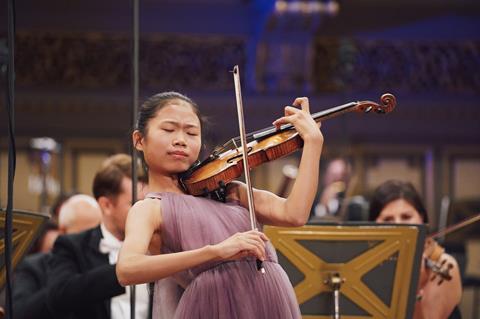
Next was Pagano with the clever choice of Shostakovich’s Cello Concerto no.1. The stiffness that harmed his semi-final performance almost vanished as he thrived on a full audience and an orchestra behind him. The harsher bits were, unsurprisingly, pulled off with ease, but the more intimate parts were equally successful this time round. The confidence he exuded gave the orchestra energy, making the tutti entrances all the more powerful.
We then heard the Dvořák played by Kitamura, and this time it was abundant in individuality and nuance. Right from his controlled yet boundlessly joyous opening, Kitamura made every note count. Tonal changes between themes were organic, and his internal pulse was never perturbed by a (once again) dragging orchestra. Kitamura is an undeniable musical talent, and while his playing was veiled in humility, the pure, unbridled joy within him was finally released in a triumphant and ovation-deserving finale. It was no surprise that he took home first prize, with Pagano second and Kay third.
In answer to Măcelaru’s question, the Enescu Competition compares well with other international contests. Yet he sees it as still evolving. This edition was the first to include ‘well-being sessions’ as well as an imposed contemporary work by a past winner of the composition division.
Măcelaru is also concerned with developing transparency within the jury. ‘They should be expected to be able to stand by their decisions. Winning and not knowing why is just as bad as leaving and not knowing why.’ Asked about this approach, he said: ‘I am always inspired by Enescu’s personality. He was a great mentor and very humble.’ It seems that alongside establishing and helping resurrect the competition, Enescu’s legacy is very much ensuring a bright future for it too.
Read: Postcard from Brussels: 2024 Queen Elisabeth Competition
Read: Postcard from Detroit: Sphinx Competition and SphinxConnect convention
Discover more Featured Stories like this in The Strad Playing Hub.
Read more premium content for subscribers here
The number one source for playing and teaching books, guides, CDs, calendars and back issues of the magazine.
In The Best of Technique you’ll discover the top playing tips of the world’s leading string players and teachers. It’s packed full of exercises for students, plus examples from the standard repertoire to show you how to integrate the technique into your playing.
The Strad’s Masterclass series brings together the finest string players with some of the greatest string works ever written. Always one of our most popular sections, Masterclass has been an invaluable aid to aspiring soloists, chamber musicians and string teachers since the 1990s.
The Canada Council of the Arts’ Musical Instrument Bank is 40 years old in 2025. This year’s calendar celebrates some its treasures, including four instruments by Antonio Stradivari and priceless works by Montagnana, Gagliano, Pressenda and David Tecchler.


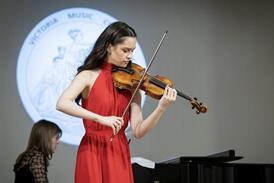
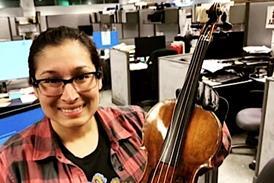

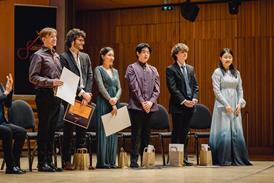
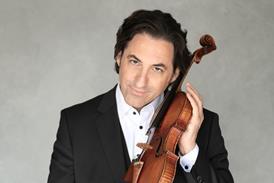
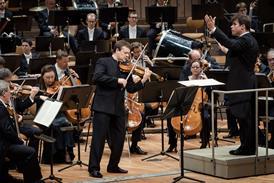

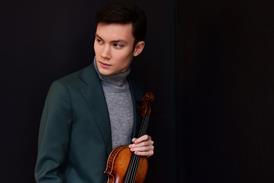
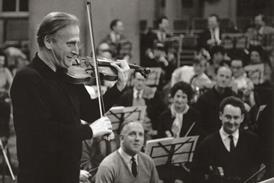

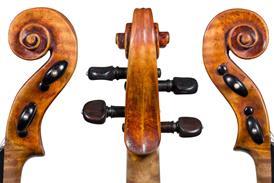
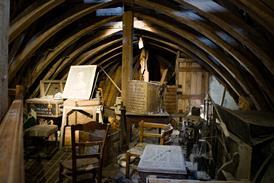
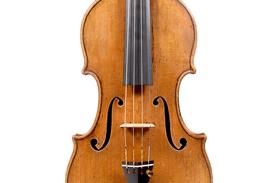
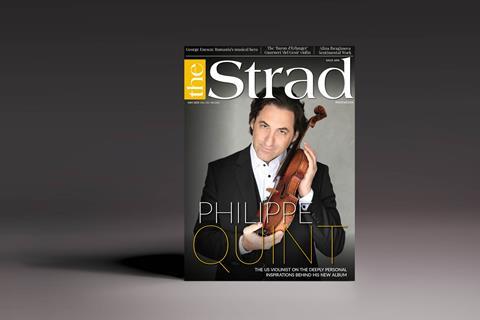
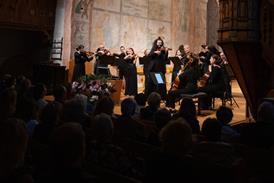

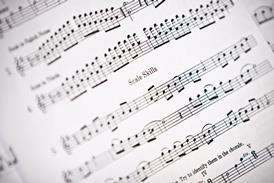
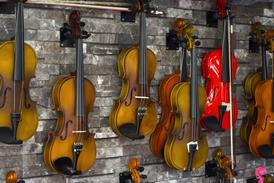
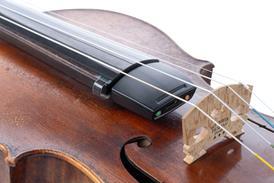
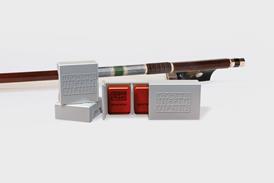
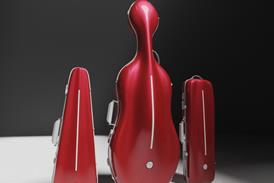
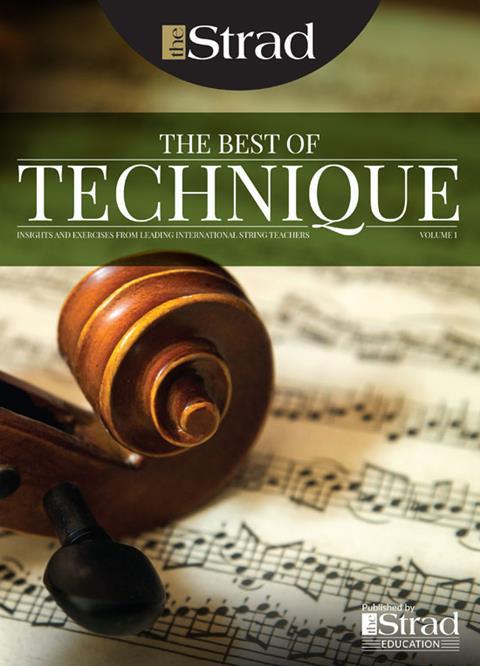
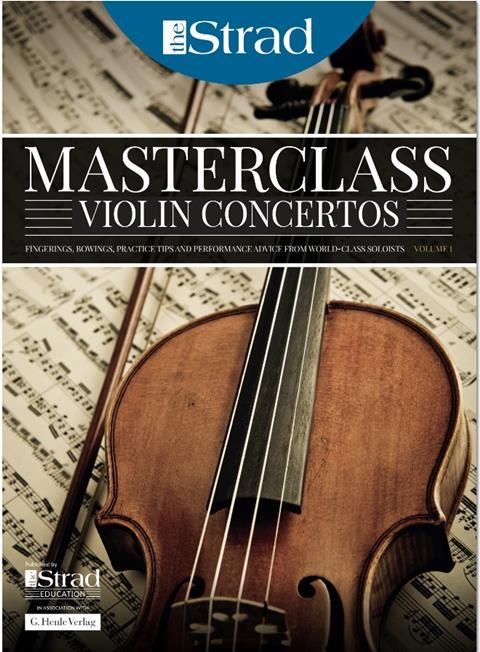
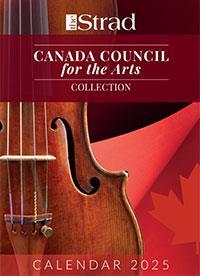












No comments yet